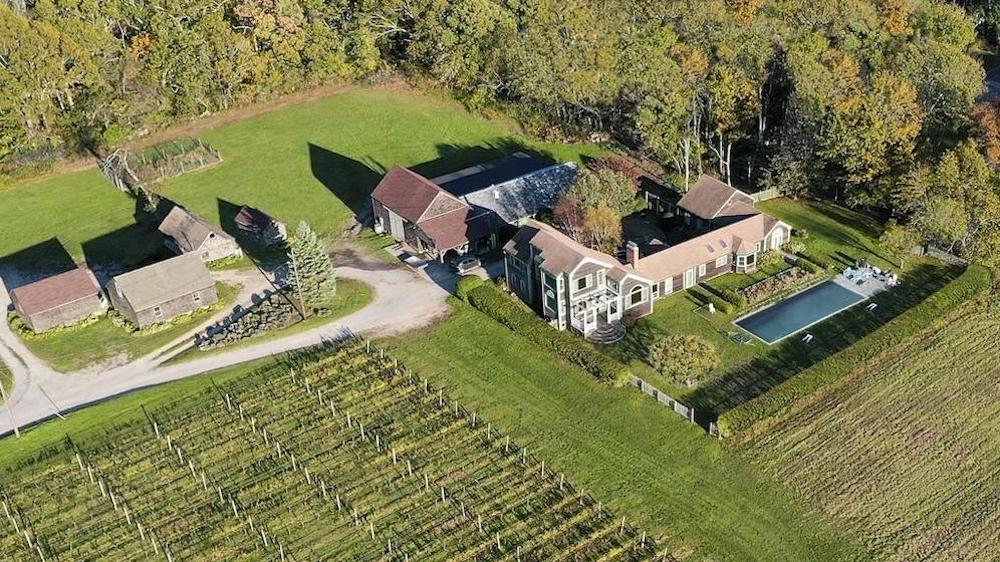
Realtor.com
In 1973, Long Island’s first vineyard debuted in Cutchogue, N.Y., when Alex and Louisa Hargrave planted pinot noir and cabernet sauvignon vines, according to the Cutchogue-New Suffolk Historical Council.
Then, in 1999, the Borghese family bought the property, renaming it Castello di Borghese and specializing in Bordeaux varietals like merlot, cabernet franc and cabernet sauvignon, plus pinot noir, chardonnay, and sauvignon blanc.
The Borghese Winery owners both died in 2014, and now, the vineyard and winery are back on the market, listed for $6.5 million with Joseph Divello of Century 21 Albertson Realty.
The pioneering vineyard is now part of a wine region known as the Long Island American Viticultural Area (AVA). The area, surrounded by water, with the Long Island Sound and Peconic Bay, create an ideal climate for grape-growing. With its proximity to water, the region has been likened to the French wine-growing area of Bordeaux.
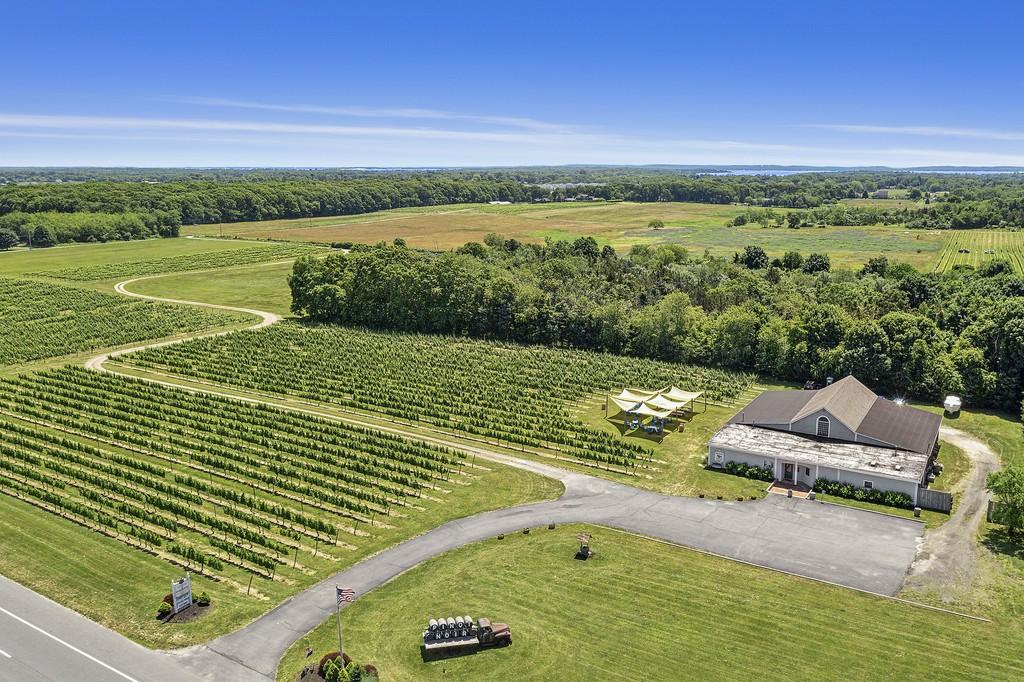
Realtor.com
“It’s a vineyard estate, with a family farmhouse set back [from the road],” he says of the bucolic, 84-acre parcel, which includes detached buildings that could be used for commercial or residential purposes.
Four bedrooms and 3.5 bathrooms are included in the modernized, sprawling 3,000-square-foot farmhouse, where many rooms boast walls of windows framing manicured rows of grapevines. The listing also includes a four-car garage and an outdoor, in-ground pool.
“This would be perfect for someone who wants to build a family compound and grow the businesses both horizontally and vertically,” says Divello. “I see the person who buys the vineyard as someone who wants to keep the vineyard, but there are other options, too. [The winery’s] got a great reputation.”
___
Watch: Own a Winery in Santa Barbara Wine Country! (There’s a House, Too)
___
Only a 90-minute drive from Manhattan, Long Island’s North Fork region attracts organic farmers, winery owners, and vineyard managers keen on transforming the land into boutique-level food or wine. That growing tourism sector includes farm and winery visits.
That the commercial tasting room is on a busy street—ideal for capturing wine lovers’ interest—and a 400-member wine club is already in place, will ensure a smooth transition for the next owner.
But most importantly, the original grapes that founded this wine region are folded into the sale of what is now a 24-acre vineyard. A commercial winery with facilities such as a crush pad and barrel room, as well as tanks for storing the wine, are also included. Intimate events could be hosted in the wine cellar, and there is space for larger events such as weddings.

Realtor.com
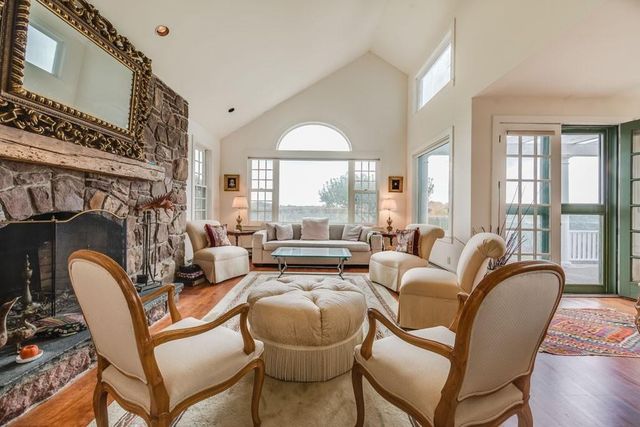
realtor.com

Realtor.com

Realtor.com
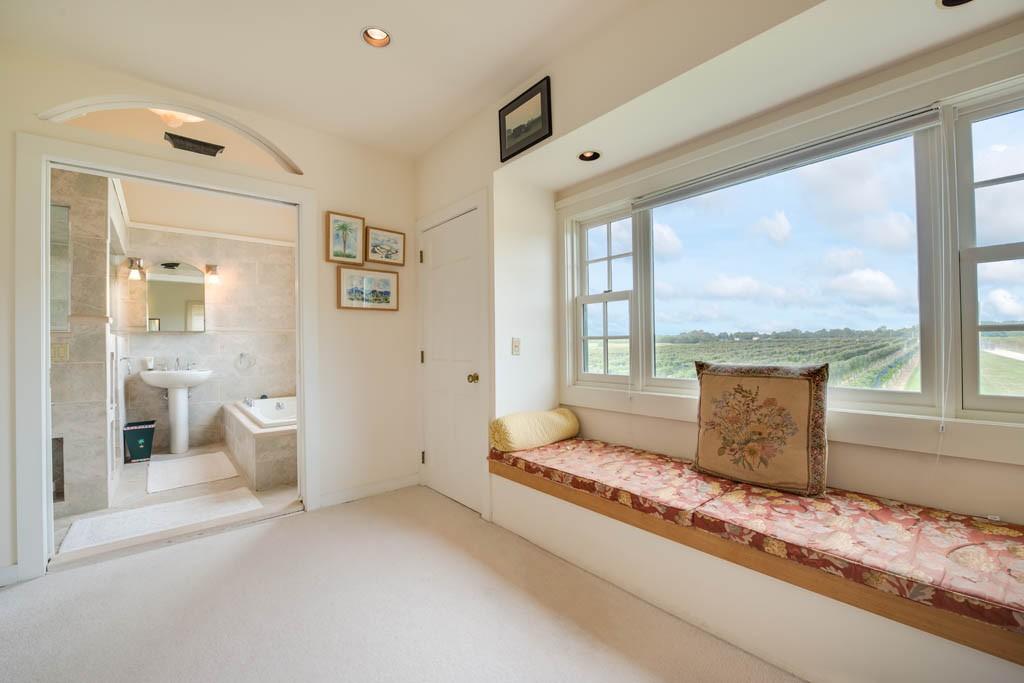
Realtor.com
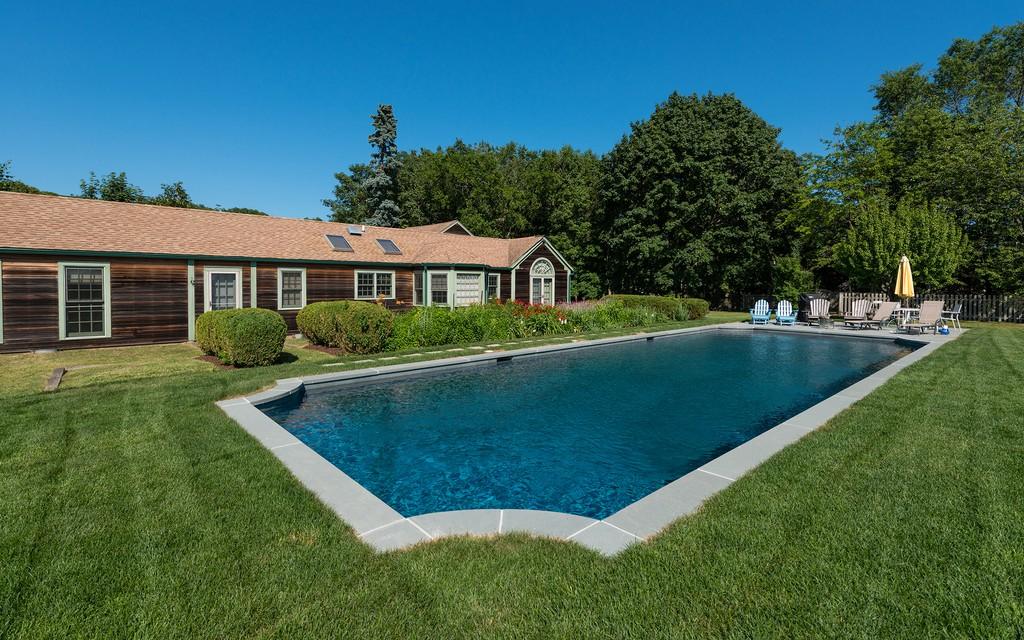
Realtor.com
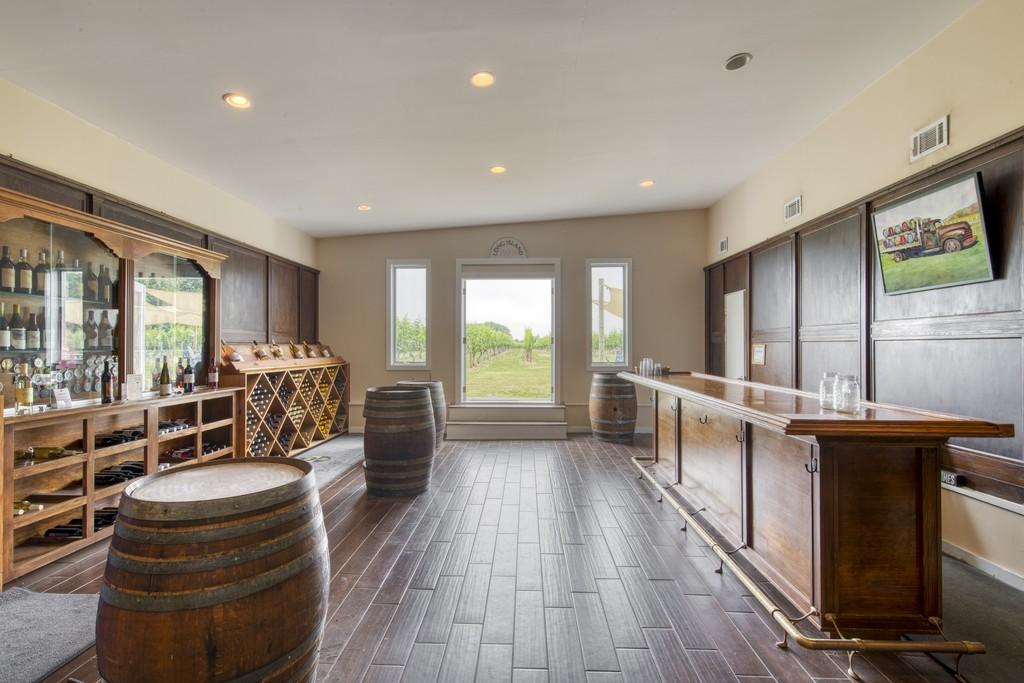
Realtor.com
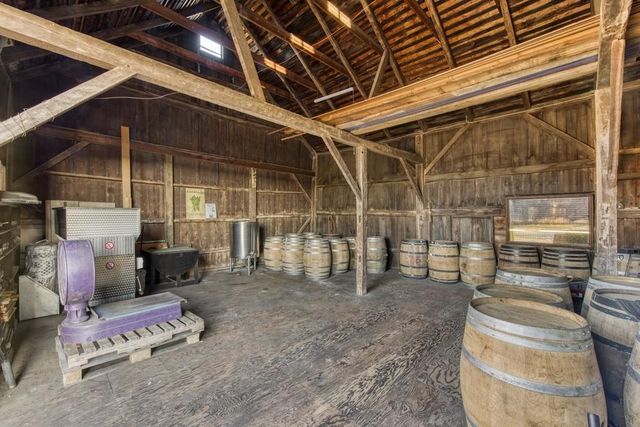
realtor.com

Realtor.com
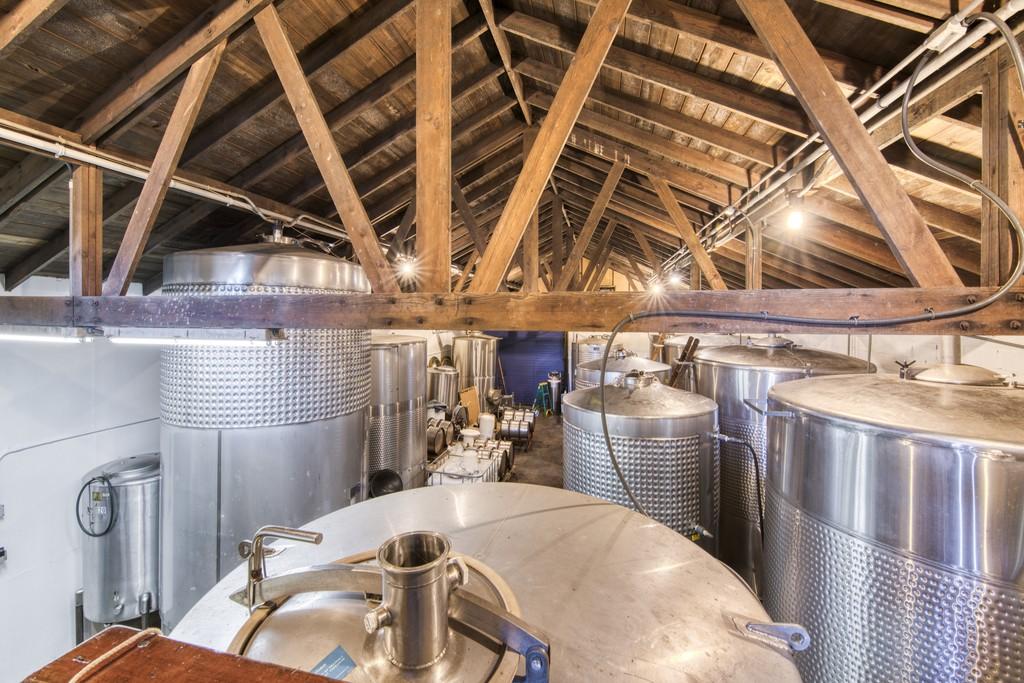
Realtor.com
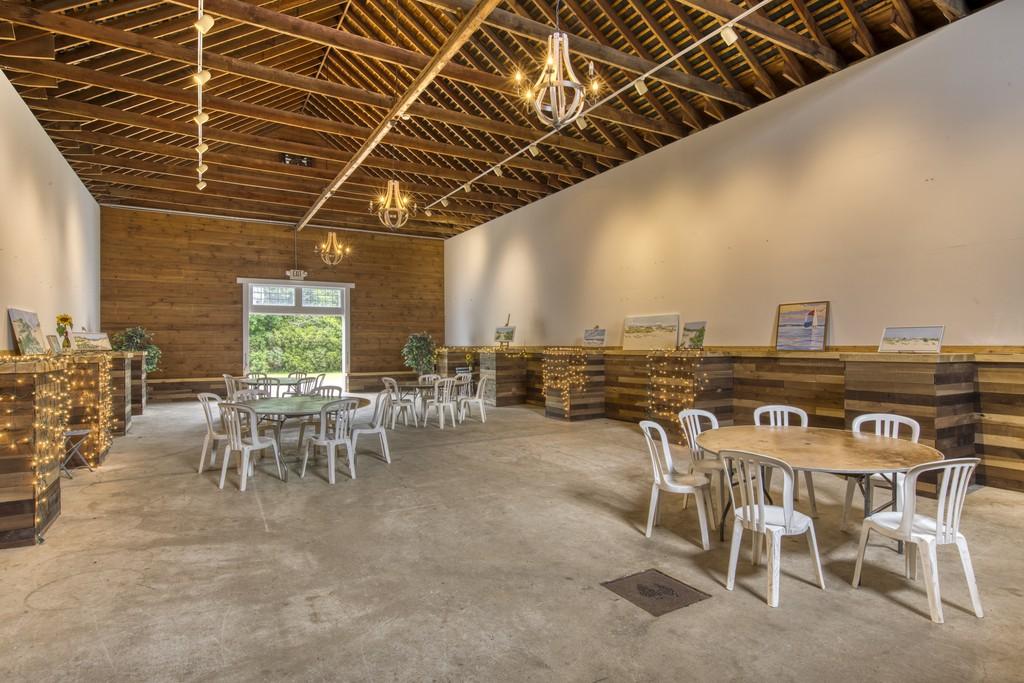
Realtor.com
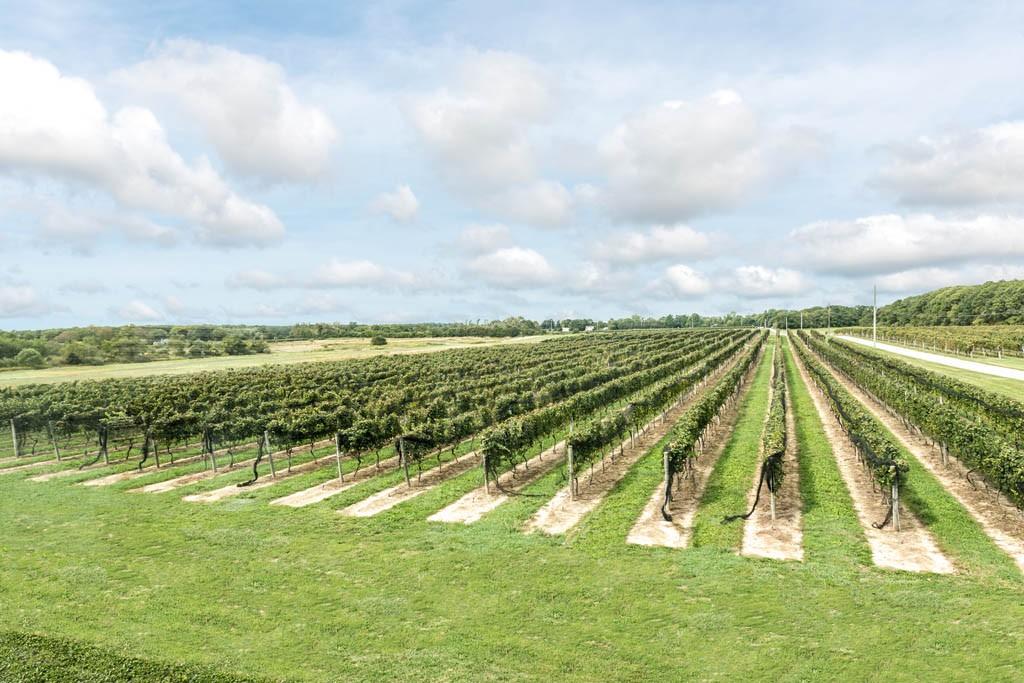
Realtor.com
Could North Fork be the next Napa Valley? Already, 40 wineries make up the region.
“There have actually been several winery transactions in recent years,” says Divello. The nearby Vineyard 48 is up for sale, and earlier this year, ABC News chief legal correspondent Dan Abrams reportedly snapped up Laurel Lake Vineyards.
Divello also notes the rising appeal of this region. “As time goes on, it becomes more of a second-home market out here,” he says.
It’s also attracting some people back to their hometown roots after departing for metropolitan areas like New York City. The only problem is that the housing isn’t necessarily affordable.
“A lot of old, local families have already sold. It’s still a good value here, but difficult to buy back in,” he says.
For those looking for a more attainable property to purchase, he points to a hidden value in farmland, particularly if someone wants to start a business venture. A winery, perhaps?
“COVID gave us an uptick in the market, and we’re still a good value,” says Divello. “Farmland [here] hasn’t experienced that same COVID uptick. Buying land on Long Island is never a bad investment.”
We’ll raise a glass of vino to that.
The post Vintage Property: Long Island’s Oldest Vineyard Seeks New Wine-Loving Caretaker for $6.5M appeared first on Real Estate News & Insights | realtor.com®.
